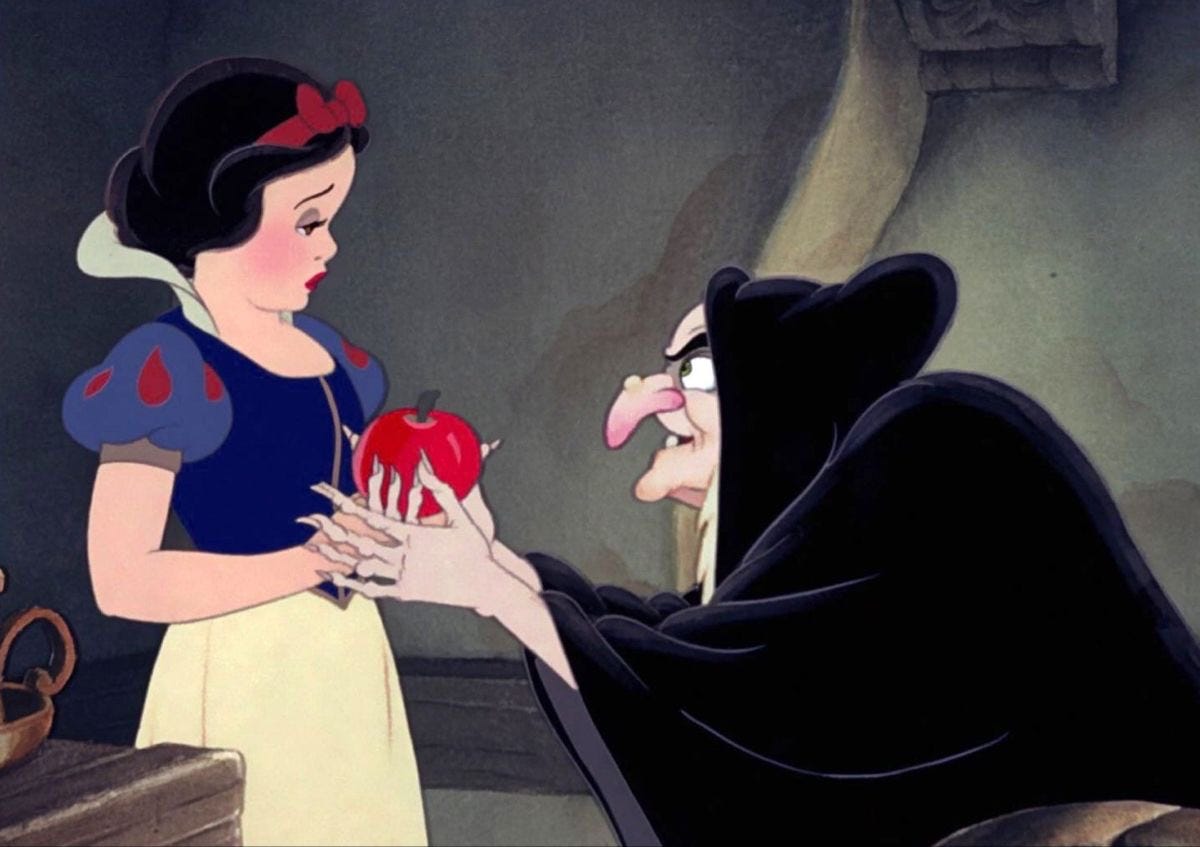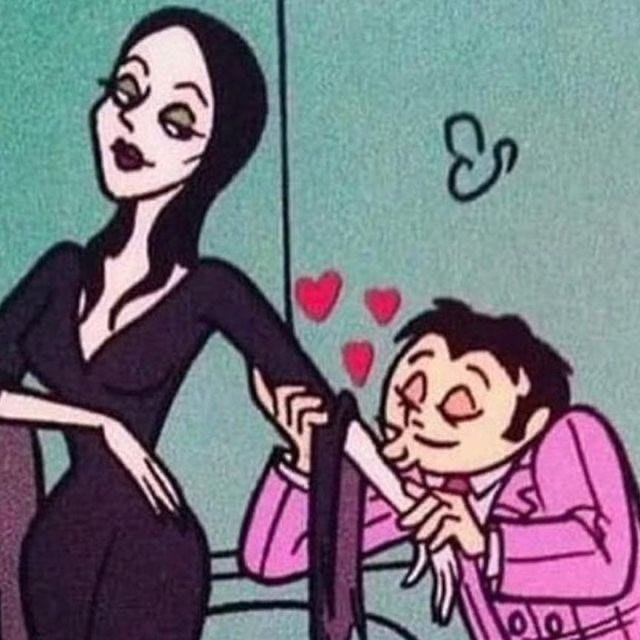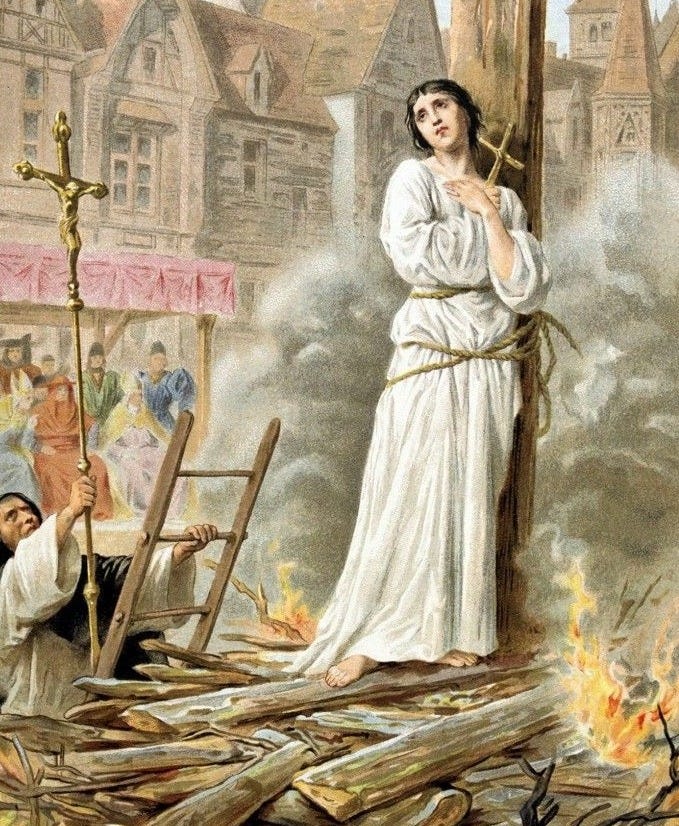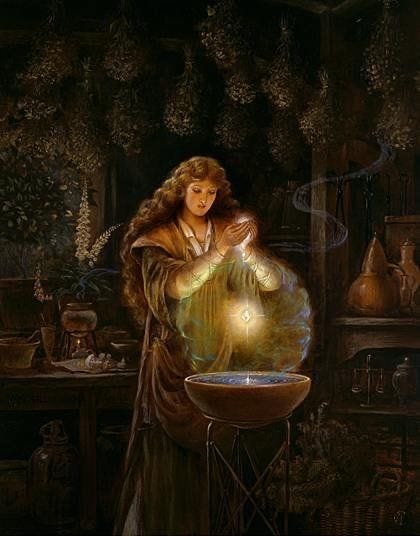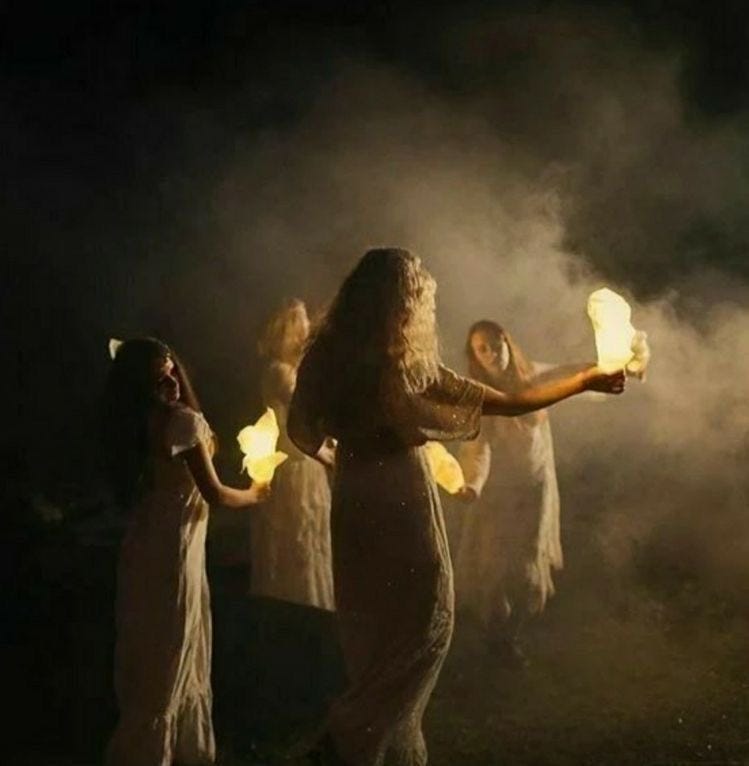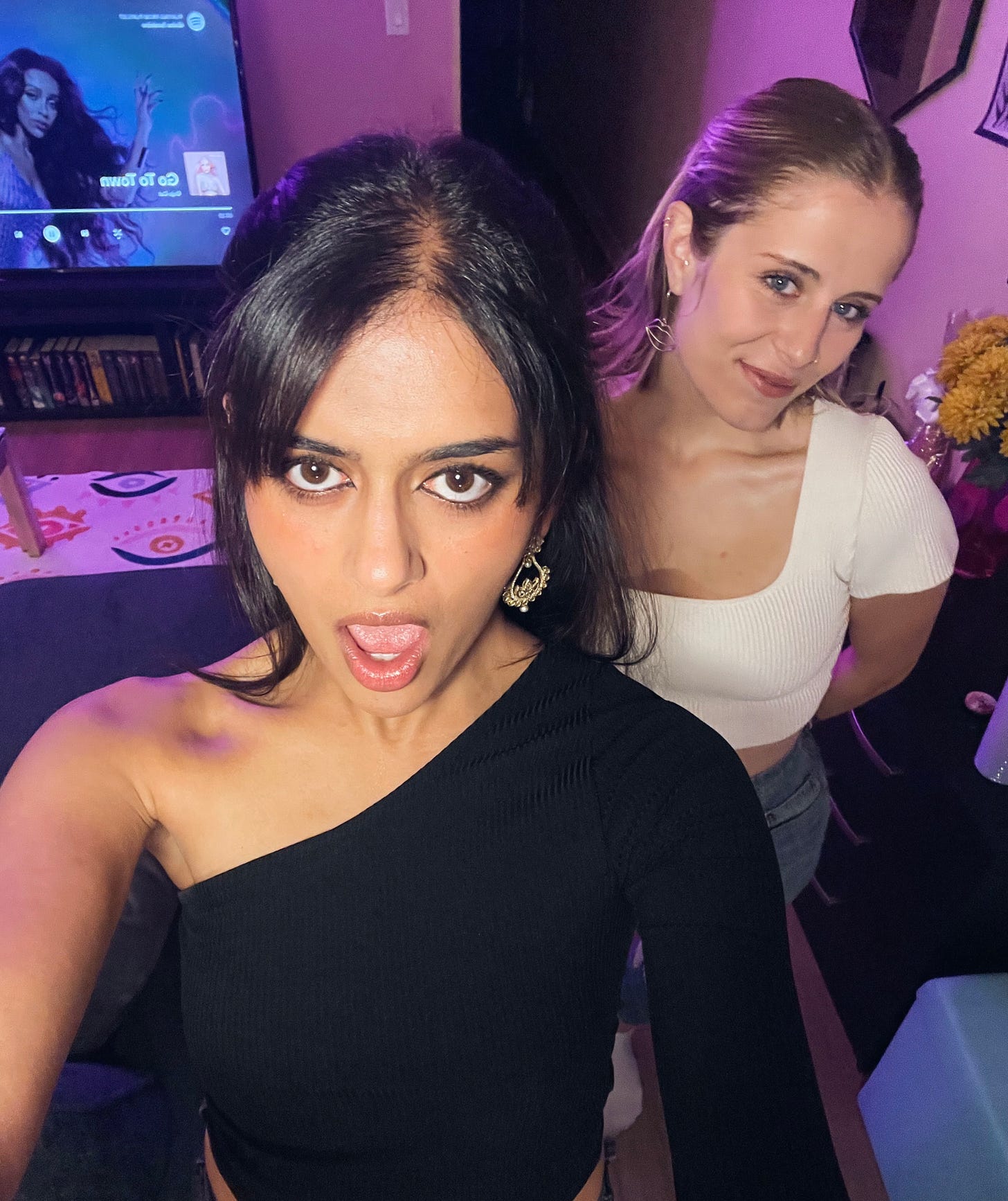it's the season of the witch (and the coven)
[on history, girlhood, and reclaiming being witchy]
Howling winds, falling leaves, and darkness that descends can be described as spooky, ominous, or my favorite: witchy. Everything I have ever learned about witches has resonated with me. Described in literature as a threat to society, the enemy of the church, and the epitome of all that is evil, the witch has grown from something mythologic to a sordid part of US history to a popular costume idea and something pathognomonic for halloween.
Since I was young, witchcraft intrigued me. Witches in pop culture caught my attention, in classical examples like Bellatrix Lestrange from Harry Potter, The Wicked Witch of the West in The Wizard of Oz, Maleficent in Sleeping Beauty, etc etc to modern twists like Sabrina the Teenage Witch, Twitches, and Hocus Pocus. I saw them and I wanted to be them. I wanted their unwavering belief in something bigger than themselves, their covens of strong female friendships, their connections to another realm, and their unrelenting confidence in who they were. Even now, I try to find witchcraft in everything. When I read my book of spells (my med school textbooks) and come up with a potion (what medication to prescribe) I feel connected to the women who have healed people in the past (with or without medical licenses). When I brush my long hair and paint on a dark lip before I leave my house I feel connected to the women before me who did the same. When I burn incense, lay flowers down, and worship at the altar of my home, I feel connected to the women of my culture who have been doing this for generations. I, with my love for witchcraft, infuse a little into everything that I do. But being witchy comes with a price. It comes with negative connotations. Today, let's talk about why.
What makes a witch a witch? Why are witches considered evil? Who demanded they be called villains? Is a witch not just a spiritual woman with abilities that men don't seem to understand or are able to harness? The way witches are portrayed in the media, and our relationship with witchcraft in reality and in stories, reveals a lot about power dynamics, gender, sexuality, and women’s autonomy. There are many archetypes of witches but I’ll only focus on a few.
The first being the contrast of the princess and the witch. We can thank the Brothers Grimm and Disney Pictures for this one. The dichotomy of women being portrayed in fairy tales as pure, meek, gentle girls with big baby doll eyes contrasted with old, hag-like women dressed in all black, hunched over, and filled with malice. Obviously written by men, these witches are sold as childless, single women who are nearly foaming at the mouth with jealousy aimed at these younger, beautiful, more desirable women. It subconsciously drills into all of our heads time and time again that beauty and happiness go hand in hand, that male validation and happiness go hand in hand. It also drills that it is not just sad to be those things but somehow evil. It is evil to be without a husband, to be without a child, to desire power, to age “ungracefully”. What then, do women have to be to avoid being called evil?
[Young, beautiful, and filled with longing for a male savior. (ugh, vomit!) ]
Of course as time has passed, witches have been reborn time and time again. Next we talk about the sexy witch. Morticia Addams, is evil and sullllllllllllllltry. Cheekbones sharp, waist virtually invisible, and vampiric to boot. The contradiction to the evil old hag witch Disney adores, but written by men just the same. Witches are cool now but only because we can sexualize them. They are so evil and so sexy and they will cast their spell to seduce you. A sexually liberated woman is seen as enchanting, and wholly terrifying. Circe, from the Odyssey, is my favorite example. Circe, classically, was an evil beautiful sorceress of a woman who trapped sailors on her island, tricked them with her fluttering eyelashes, and turned them into pigs out of pure male hatred. Those poor sailors! They were so tired from fighting in a war and just wanted to go home!! Circe, you bitch!
But then if you explore other interpretations of literature (here I have to recommend Circe, By Madeline Miller, which reimagines the classic myth from the female point of view), you can see that this poor gorgeous woman was stuck isolated on an island and a whole swarm of men docked, demanded to be fed, and let us be so honest with ourselves, probably did not engage in much self control. And so, Circe turned them into pigs for her own safety and sanity. It’s all about perspective, unfortunately we only often hear one side. This motif of a seductive witch absolves men from the consequences of their own actions, it emphasizes the, ultimately incorrect, concept that beautiful women are responsible for male indiscretion. It is natural for all of us to be drawn to beauty, but to blame beautiful things for forcing us to objectify, degrade, and torture it, is another story. Powerful women, whether their powers come from brute force to bewitching beauty, have always been painted as the villain.
This leads us directly to type 3; the warrior witch. The ultimate example has always been and will always be Joan of Arc. Strong, driven, and clever she led the French to victory against the English. The English retaliated by claiming witchcraft. Surely no young woman could be capable of such feats on her own. She was captured and tried for witchcraft, the English could not stand the humiliation of being beaten by a woman, she had to have powers greater than that (read as: from the devil). Powerful (accused) witches all soon came to realize there was no way out of an accusation of witchcraft because you had to prove, beyond a shadow of a doubt, that you were not a witch, something impossible to do. This misogyny continues today. Whenever female politicians or world leaders show “too much” ambition, they are called witches (and bitches).
Finally, the good witch. Most popularly exemplified by Glinda and Hermione, these witches are powerful, kind, and benevolent. They use their powers for good and for healing, not so different from the millions of unnamed women of history who served as nurses and healers in and out of the home. Forever, women have been learning and spreading the word through trial and error about home remedies, using their knowledge of herbs and healing to serve their communities and their families. As good as these women were, it did not stop them from persecution. The Malleus Maleficarum, a macabre manual used during the infamous witch hunts, justified their war on healers through statements like “those who know how to heal knows how to destroy” and this fear bred from lack of understanding of homeopathic medicines turned these women into witches (derogatory).
I could talk about the role of women as healers in history for hours, but for today I will just say that the broken backs of indigenous women (from all parts of the world) in medicine served as the perfect pedestal for the fathers of modern medicine to deliver their sermons. Childbirth is a classic example of how female medicine, with doulas, community, and emphasis on the mother, has been altered over the years to become a sterile, clinical practice where the mother is just the vessel for the child rather than a complete entity of herself. The medicalization of childbirth, something that has skyrocketed in the last four centuries, has increased the rates of unnecessary intervention including unwanted C- Sections, seeming inevitable perineal trauma, and forced lithotomy positions for labor. Rooted in the 14th century church’s favoritism towards male physicians, a platform was created for men to accuse doulas of witchcraft, inserting their own opinions onto female pregnancy and labor, and demanding that those become the rules.
Finally, in talking about witches, we must talk about the coven. The nightmare of the church, the coven at its simplest definition is a group of witches (women). But the coven is really so much more than that. A group of women creates a space for emotional wisdom to develop, trust and mutual reciprocity exercised through conversations and gathering, and solidarity in a patriarchal world. Every woman needs other women. To understand her, to empathize with her, and to hold her up in times of need. In group settings, there is more space to work through systemic wounds, break generational curses, and release ourselves from societal expectations. The power of the coven cannot be overstated. To have strong women in your life is to have your life changed.
So today, I reject the degradation of witches. I implore you all to reach within and find the witch inside you. I recognize witches as multifaceted, complex beings, connected intimately to the earth, their coven, and the universe. I recognize witches as free and powerful and unapologetically themselves. I recognize witches as believers in something bigger, rebels to the constraints of society, and powerful forces in shifting our reality. More than anything though, I recognize that witches, and women, will continue to exist, to fight, and to navigate a world that was not built for them.
Ultimately, as illustrated, women embracing their powers (of beauty, of seduction, of ambition, of healing), terrifies men. The word witch (as well as many others) have been used to dehumanize women time and time again and so this fall, and every fall to follow, I urge you to reclaim the word for yourself. Be witchy, heal people and yourself, find deeper connections to the material world around you and the spiritual world you cannot see, and if people accuse you of evil embrace it. There are covens waiting for you to find them, and there is a witch inside you, that generations of women before you have worked to empower, waiting to be set free.




